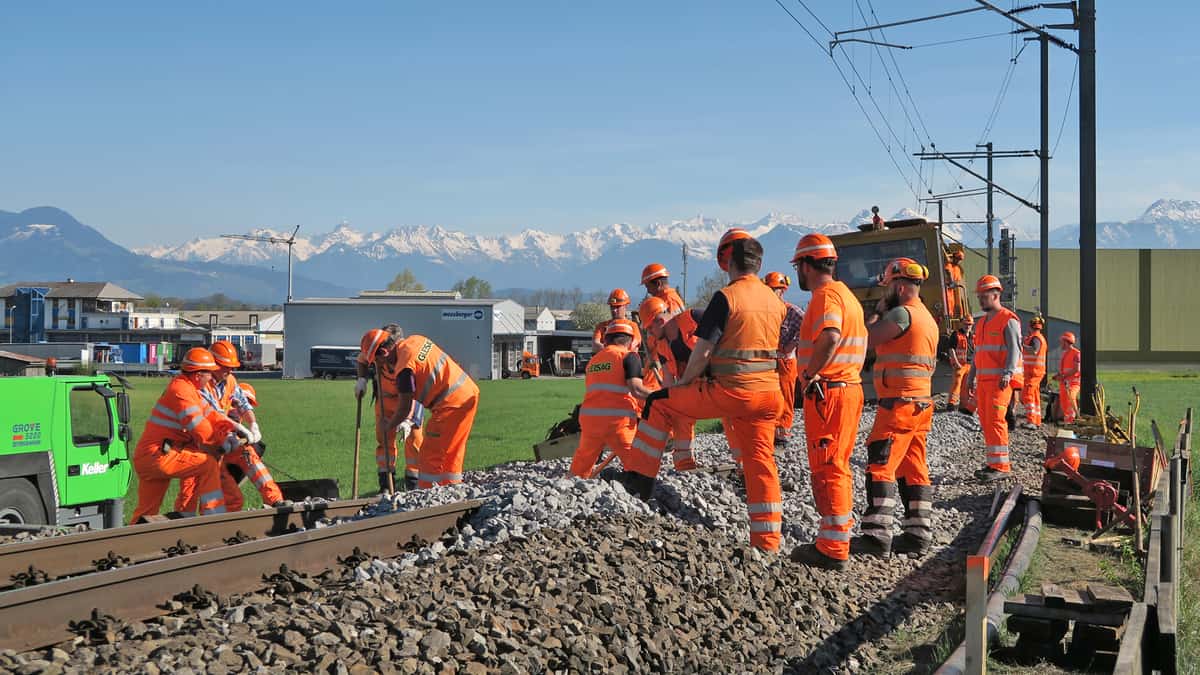Employment at the Class I railroads fell to its lowest in years, with January’s totals tumbling over 12% year-over-year.
Headcount among the Class I railroads in January totaled 128,311 employees, a 12.4% decrease from January 2019’s total of 146,556, according to data from the Surface Transportation Board (STB).
That overall total is the lowest since January 2012, which is the earliest STB data that FreightWaves has available.
Meanwhile, the headcount within the train and engine category, which tends to be more sensitive to the rail market and rail demand, dropped 17.3% year-over-year in January, to 51,709 employees from 62,545 in January 2019. January’s total in the train and engine category is also the lowest total since January 2012.
The headcount declines come amid slumping rail volumes. Year-to-date U.S. rail traffic has fallen 6.2% to 3.38 million carloads and intermodal units for the first seven weeks of the year, according to the Association of American Railroads.
The Class I railroads, with the exception of BNSF (NYSE: BRK), have also been deploying some form of precision scheduled railroading, an operational model that seeks to streamline rail operations.
Whether the railroads will cut headcount levels even further in 2020 remains to be seen. Executives at CSX (NASDAQ: CSX) said last month during the company’s fourth-quarter earnings call that the company would look at headcount levels in light of rail volume trends. CSX and other freight railroads have indicated that rail volumes could grow in the second half of 2020.
“We think, especially on the merchandise side of the business, [that] there’s going to be some reasonable stability sequentially in terms of where the volume line should be and an increase on the intermodal side,” said CSX CEO JIm Foote during the Jan. 17 call. “We’ll manage the headcount according to that.”
Union Pacific (NYSE: UNP) said it could reduce headcount totals by roughly 8% in 2020 compared with 2019 totals depending on where rail volumes move directionally.
“The headcount reductions are very important for us overall. We’ll continue to push that,” Union Pacific (UP) CFO Jennifer Hamann said during her company’s fourth quarter earnings call on Jan. 23.
UP’s CEO, Lance Fritz said, “If our volume is flat this year, we are going to have incremental employee productivity. If our volume grows, we will not add back resources at the same pace that we will grow. Now, we are expecting growth to be pretty minor – I think [minor] is probably the right word – and it’s largely [in the] second half [of the year].”











